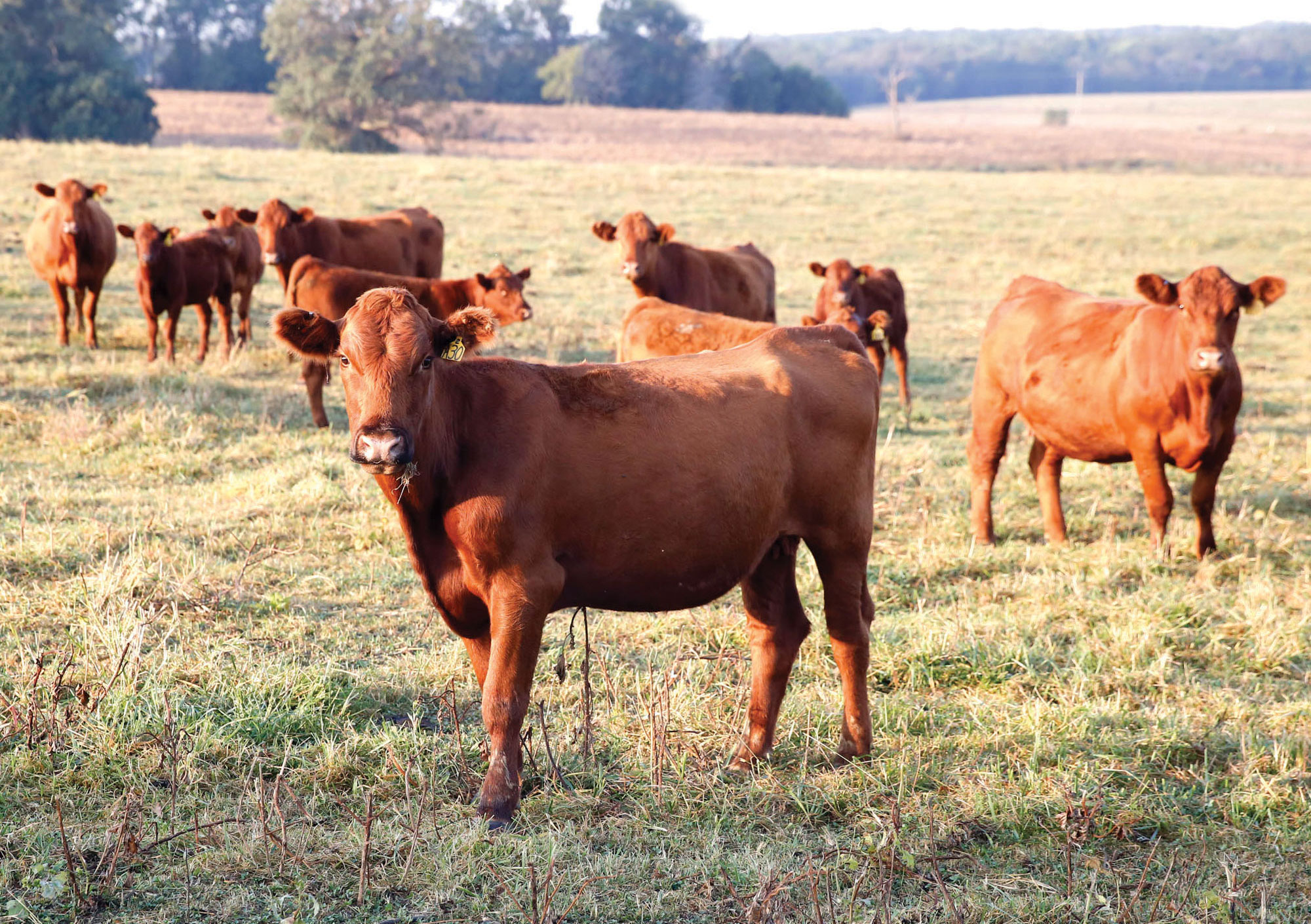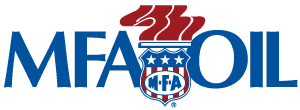
Drought cuts pasture growth
July 19, 2018
Written By Duane Dailey
In dry weather with short pastures, Missouri cow-herd owners face tough culling decisions. One way to match cows’ needs to available grass is to sell cows.
Give careful thought to which grass eaters go first, says Eric Bailey, University of Missouri Extension beef nutritionist. Under drought stress, identifying those cows becomes urgent.
The first cut is simple, Bailey says. Even the best herds have poor performers that need to be culled. Sell cows not pregnant or nursing. There is no feed for freeloaders when forage is short.
“Next, cull lactating cows with bad disposition, bad eyes, bad feet or bad udders,” Bailey says. “Now’s time to remove cows with blemishes or poor-doing calves.”
“Everyone has a cull list,” he adds. “But they hesitate to act if a cow has a calf.” Some culling helps even in good years. Culling poor cows improves herd averages.
The goal: Keep best genetics in the herd as long as feasible. Finally, lack of feed or water forces a move, Bailey says.
Downsizing goes beyond simply getting rid of bad cows.
Early weaning and selling calves can cut feed demand. That provides needed cash but can hurt annual income.
Another strategy calls for splitting a herd into young and old females. Sell one of the groups. Two- to 4-year-olds may have superior genetics, but older cows show success in the farm’s management.
Overall, culling depends on forage outlook for summer, fall and winter feeding.
Level of destocking can differ from farm to farm in the same neighborhood. Rainfall patterns vary greatly. At the recent spring sales of Show-Me-Select heifers, farmers frequently told how they received rain while farms a few miles away had none.
Bailey points out that in typical years, two-thirds of forage yield comes in spring growth. One-third comes in fall growth. That’s when winter stockpiling should happen.
Missouri producers with cool-season grass always deal with summer slumps.
Bailey cautions: Even if rains return, forage yields in 2018 will likely be below normal. Farmers already see low yields following harsh winter and spring grazing seasons.
Most producers already face hay shortages. Many have no reserves. Also, hay growth this year falls well below normal.
A big long-term problem will be winter feed, Bailey says.
Many farms face severe destocking.
“Initially consider a 25 percent cut,” he says. “If normal rains don’t return, consider another 25 percent later.”
Selling calves early in spite of revenue loss may take care of downsizing needs.
A 50-percent cut ahead of fall forage growth may allow stockpiling pastures for winter grazing. That cuts feed buying but depends on a return of rainfall.
The main advice is to plan downsizing, Bailey says. Management improvements, such as shorter breeding seasons, not year-round calving, can benefit.
For optimists, drought-induced culls can be beneficial. It forces decisions and management.
To clarify thinking, Bailey offers a final thought: “Producers who last longest in cow-calf businesses are not those who make the most money in good years. They are those who lose the least in bad years.”
MU Extension regional agronomy and livestock specialists are available to help plan.

